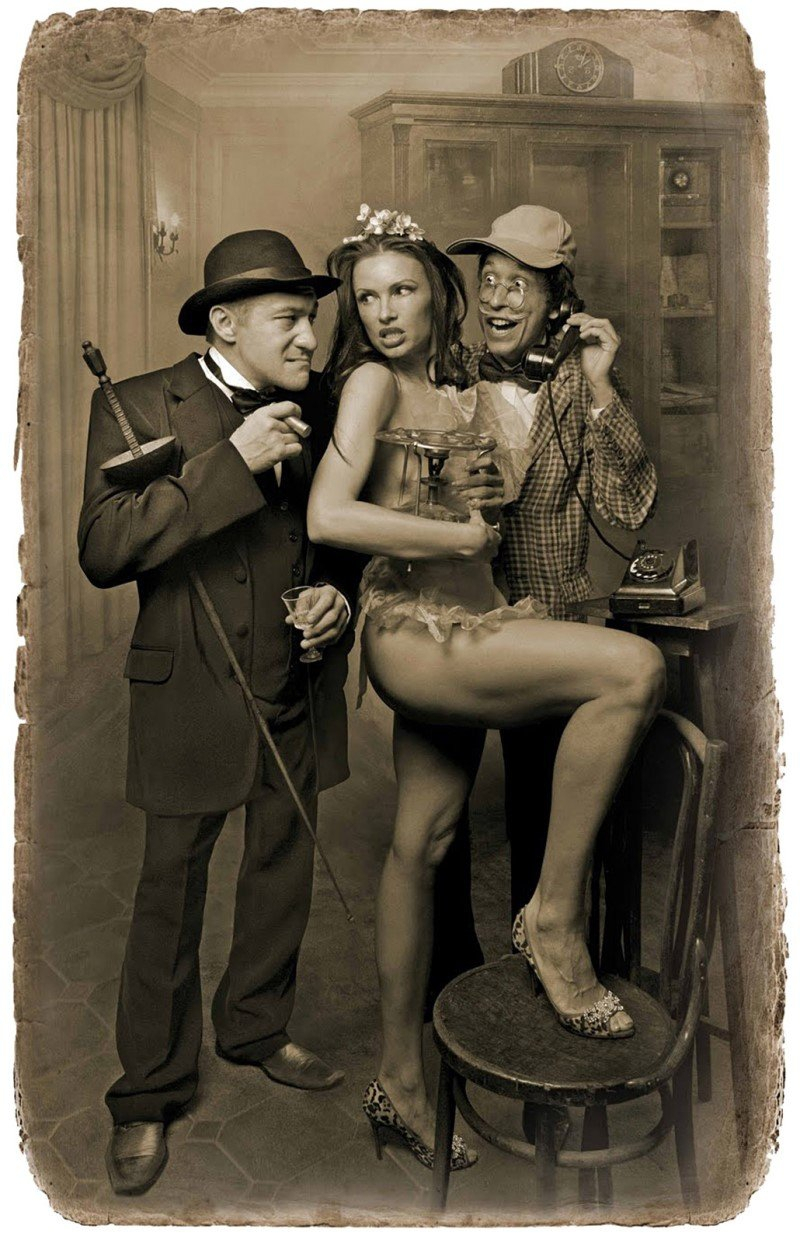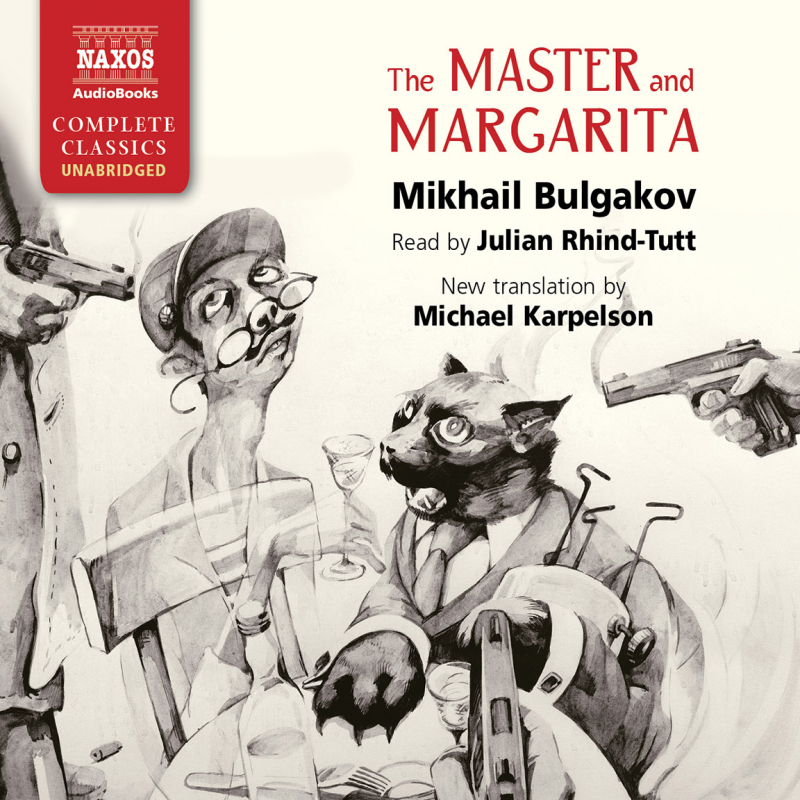The master and margarita
Leading Russian author of the 20th century Mikhail Bulgakov frequently challenged Soviet traditions and culture in his works. As a result, the Russian authorities banned a number of his works. 26 years after his passing, his masterpiece The Master and Margarita was released. The story alternates between two action-packed timelines, with one taking place in Jerusalem around the time of Christ and the other in 1930s-era Moscow. The devil, the "Master," a suppressed writer, and Margarita, who loves the Master despite being married, are the three main characters of the tale.
The Master and Margarita is regarded as a classic of the 20th century and the best Soviet satire. It has been widely adapted for use in television, movies, and animated series, animated films, television, theater, radio, opera and other types of music. The Master and Margarita is regarded as one of the fundamental classics of contemporary Russian literature. It is a daring retelling of the tales of Faust and Pontius Pilate. Since the novel's portrayal of Soviet life in the 1930s is so shockingly true, it was only ever published in a redacted edition in the 1960s. Because of how durable its realities are, Russians now frequently use its language.
The devil travels to Moscow one hot spring with a retinue that includes a stunning nude witch and a huge talking black cat who enjoys chess and alcohol. The visitors swiftly cause chaos in a town where neither God nor Satan are believed in. However, they also bring comfort to two miserable Muscovites: Margarita, who is so devoted to the Master that she would practically go to hell for him, and the Master, a writer who was derided for having the audacity to write a book on Christ and Pontius Pilate. What follows is a novel of boundless energy, wit, and intellectual depth, a work whose nuances first appear in Diana Burgin and Katherine Tiernan O'Connor's magnificent translation English version.
Author: Mikhail Bulgakov
Published: 1966












